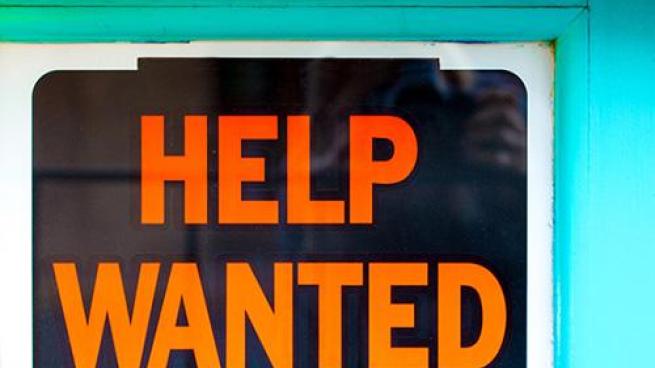The Holidays Are Coming: Why Retailers Must Show Customers The Love

This holiday season, retailers face a unique set of challenges that will test their adaptability, resilience, and innovation to the fullest.
With consumer behaviors likely to remain uncertain and volatile, retailers are having to display ever greater levels of agility and responsiveness to keep pace.
For many people, times are tough right now. Consumers are feeling the squeeze financially and keeping a close eye on their outgoings as a result. Consider that Accenture’s latest Annual Holiday Survey finds that fewer than one in five (17%) consumers are saying they feel optimistic about their financial situation going into the holiday season, it’s clear that retailers must be willing to rethink the tried and tested strategies of the past to encourage consumer spend.
Front of mind for retail leaders is maintaining profitability as they grapple with multiple business challenges, including rising costs, flatlining revenue growth and workforce challenges. While taking steps to improve this profitability is important; it's vital this efficiency doesn't come at the expense of meaningful customer experiences.
Getting this wrong could result in customers noticing these actions. In turn, the effects can lead a decline in loyalty as shoppers reassess the value for them. This can be deeply harmful to long-term business prospects.
Why showing customers the love could be the answer
This is a challenge explored in Accenture's latest Life Trends 2024 report,
Examples include everything from reducing the size of products (“shrinkflation”), to swapping out ingredients or components for cheaper options (“skimpflation”), to declining customer service levels, and more. where it describes how consumers are starting to feel the effects of the cost-cutting and margin-protecting steps businesses have been taking this year.
When it comes to seeking advice and support, one in three consumers report that they have found it difficult to get help from customer service agents in the past year. Or even get through to someone to speak to in the first place.
The risk? People feeling less loved and appreciated. Close to half of those surveyed by Accenture said poor customer service made them feel less valued. Nearly as many said the same about ignored feedback (41%) and declining product quality (37%).
There are potential financial implications too. According to the latest Customer Rage Survey, the future revenue lost by businesses failing to properly manage complaints could now reach a massive $887 billion. Just three years ago it was $494 billion.
Even more important this holiday season
Now we’re in the thick of the shopping season – a critical period in driving profitability, retailers can’t afford to find themselves on the wrong side of buying decisions.
Accenture’s latest Annual Holiday Shopping Survey finds that quality (50%) and value for money (60%) are among the most important deciding factors in how consumers will shop, and what they’ll spend money on this season.
At the same time, the data confirms that while many consumers are planning to trim back their spending this year, others are being creatively pragmatic about their buying decisions as they look to make their festive dollars stretch further.
For retailers, refocusing on creating valuable customer experience will be incredibly important in delivering a strong holiday season.
Retail’s tech-led response
To show consumers the love this holiday season, retailers will need to refresh strategies for demonstrating their value, as well as find a new way to define and develop their relationship with their customers.
Digital technology can also create positive retail experiences. Firstly, that means delivering the ‘brilliant basics’, such as self-checkout in store or hassle-free returns online.
Accenture’s Holiday Survey reveals 85% of shoppers would use or are already using the former and almost two-thirds would use or are using the latter. And 79% would like to be able to initiate a returns process without calling a helpline or visiting a store.
Then there are other more advanced tech-enabled experiences that we know customers appreciate and add to a valuable experience. Examples include livestream shopping events, virtual consultations with a personal shopper, and virtual online try-ons of clothing or cosmetics.
Leaning into loyalty
Another important point to consider is customer loyalty programs. But the challenge is making sure your program is still offering what customers want. It’s not enough to rely on the tried and tested points-based approaches of the past, that are now misaligned with the expectations of shoppers today.
The good news is Accenture’s 2023 Retail Executive Survey showed that more and more retailers are getting serious about upgrading their programs, refocusing around a more nuanced, data-driven understanding of consumers. Nearly half of those surveyed say they’re expanding or changing the benefits they offer to incentivize members to remain active customers.
Just look at the Walmart rewards initiative Walmart+. An exclusive rewards program introduced by retailer a little over a year ago and offers members a range of benefits from fee-less deliveries to the home to early access to sales promotions. For Walmart’s Black Friday sales, members get a seven-hour head-start on Black Friday discounts, giving them extra time to add their picks to cart and check out before the rush — and possible out-of-stock notifications.
Other retailers are making programs easier for customers to participate in — through greater personalization, gamification, streamlined redemption experiences, and lowering the thresholds where rewards kick in.
Retailers can “show the love” by understanding and acting on these desires for a meaningful shopping experience. Longer term, this will go a long way toward building and sustaining customer loyalty far beyond the peak season.





